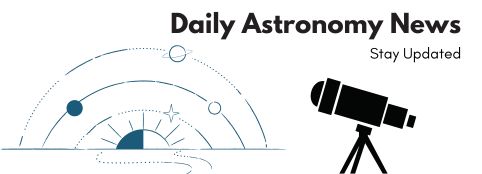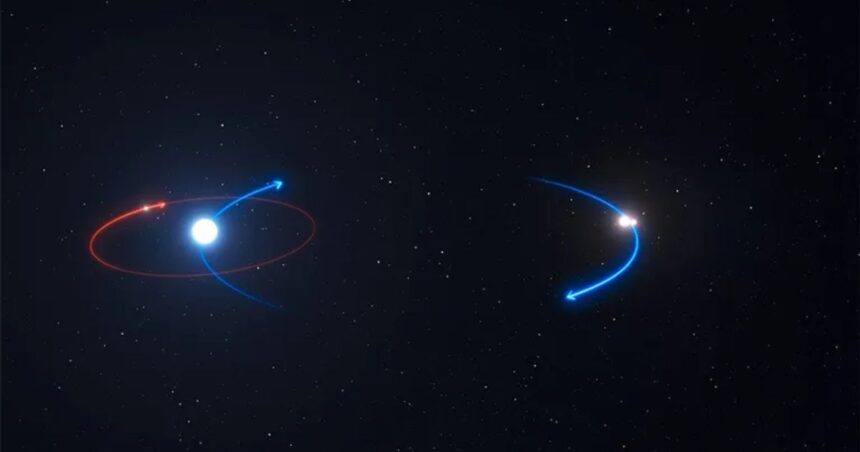Astronomers made a record-breaking discovery. They found three large stars locked in a space smaller than Mercury’s orbit! This incredible find is shaking up our understanding of how stars can exist so close together.
The stars are part of a system called TIC 290061484, located about 5,000 light-years away from Earth. This system includes a pair of stars orbiting each other tightly, with a third star circling the pair. The entire system is so compact that it would fit inside the orbit of Mercury, the planet closest to the Sun.
This discovery was made using NASA’s Transiting Exoplanet Survey Satellite (TESS). TESS captures the light from stars and looks for tiny dips in brightness, which can indicate the presence of planets or other objects. In this case, TESS spotted the “strobe lights” of the three stars as they eclipsed each other.
The twin stars in the system orbit each other every 1.8 days, while the third star takes just 25 days to complete its orbit around the pair. This tight arrangement is what makes the system so unique and record-breaking. The previous record for the shortest outer orbital period for a triple star system was set in 1956, and this new discovery has smashed that record.
The stars in TIC 290061484 are on a collision course. Over the next 20 million years, they are expected to collide, merge, and eventually go supernova, leaving behind a single neutron star. This process will be a spectacular event, but it will take millions of years to unfold.
The discovery of TIC 290061484 is not just about breaking records. It also provides valuable insights into the dynamics of multiple star systems. Understanding how stars can exist so close together can help astronomers learn more about the formation and evolution of stars and planetary systems.
The system also hints at the possibility of a fourth star orbiting at a much greater distance. This additional star could provide even more data for scientists to study, further expanding our knowledge of star systems.
The discovery of TIC 290061484 is a testament to the power of collaboration between professional and amateur astronomers, as well as the use of artificial intelligence in astronomical research. By working together and using advanced technology, scientists can uncover hidden gems in the night sky.
The discovery of three large stars locked in a space smaller than Mercury’s orbit is a groundbreaking achievement. It challenges our understanding of star systems and opens up new avenues for research. As astronomers continue to study TIC 290061484, they will uncover more secrets about the universe and the fascinating objects within it.
This discovery is a reminder of the vastness and complexity of the cosmos. It shows that many mysteries are still waiting to be solved, and the universe is full of surprises. As we continue to explore and study the stars, we will better understand our place in the universe and the wonders it holds.




